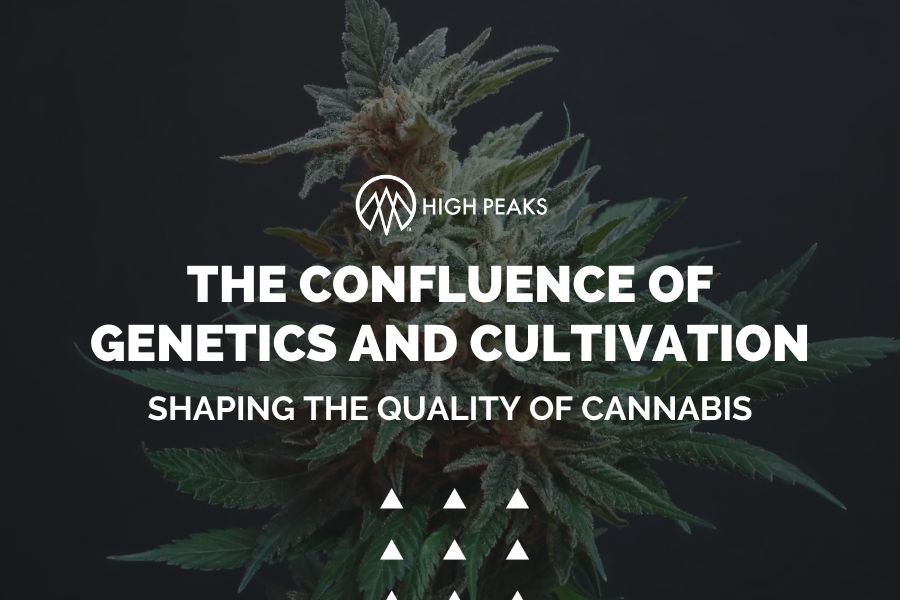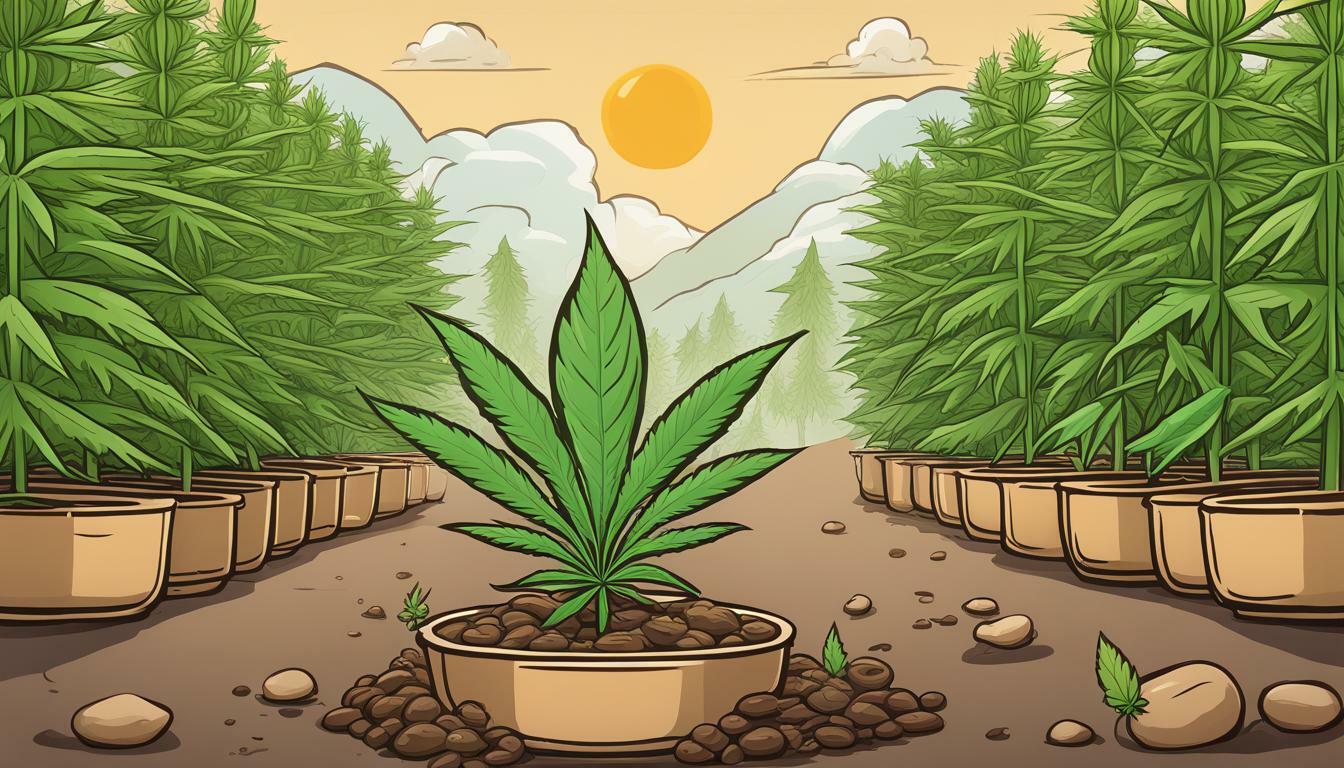Throughout recent years we have witnessed rapid maturation of the cannabis market, causing discerning consumers to increasingly seek high-quality products tailored to their individual preferences. The multifaceted nature of cannabis quality hinges on a complex interplay between genetics and cultivation techniques. Below, we’ll look into how these two factors influence the end product, as well as why it’s essential for cannabis manufacturers to strategically consider their approach to breeding and growing.
The Role of Genetics in Cannabis Quality
Genetics play a critical role in determining the quality of cannabis. From the plant’s appearance and growth patterns to its chemical composition and potency, every aspect is influenced by its genetic makeup. Cannabis plants have two primary species: Cannabis sativa and Cannabis indica. Each species possesses unique characteristics, with sativa strains typically associated with uplifting, energetic effects and indica strains known for their relaxing properties.
Cannabis breeders have been working diligently to create hybrid strains that combine the best qualities of both species. By crossbreeding plants with desirable traits, they can create strains that have specific effects, flavors, and even medicinal properties. This has resulted in a vast array of options for consumers, ranging from high-THC strains that induce powerful psychoactive effects to CBD-rich strains with significant therapeutic potential.
The Impact of Cultivation Techniques on Cannabis Quality
The cultivation methods employed by growers can significantly impact the quality of the final product. Factors such as light exposure, temperature, humidity, and nutrient levels all play a role in determining the plant’s health, yield, and potency. By carefully controlling these environmental factors, growers can optimize the growth and development of their cannabis plants, ensuring they produce high-quality flowers.
One popular cultivation method is hydroponics, where plants are grown in nutrient-rich water rather than soil. This method allows for precise control over nutrient levels and can lead to faster growth and higher yields. However, it requires specialized equipment and expertise to manage effectively.Another approach is organic cultivation, where growers avoid synthetic pesticides and fertilizers, instead relying on natural alternatives like compost and beneficial insects. This method can result in cannabis with a richer flavor and aroma, as well as a cleaner final product free of potentially harmful chemicals.
The Future of Cannabis Quality: Innovative Breeding and Cultivation Techniques
As the cannabis industry continues to evolve, innovative breeding and cultivation techniques are being developed to further enhance the quality of cannabis products. These advancements include techniques such as tissue culture propagation, which involves cloning plants from small tissue samples, and the use of CRISPR gene editing technology to create plants with specific traits.
Additionally, growers are experimenting with alternative cultivation methods like vertical farming and aquaponics, which combine fish farming with hydroponics to create a closed-loop, sustainable system. These innovative approaches not only have the potential to improve the quality of cannabis but also to make the industry more environmentally friendly and sustainable.
Embracing Quality
The quality of cannabis is heavily influenced by the interplay between genetics and cultivation methods. As breeders continue to develop new strains with unique characteristics and growers refine their techniques, the potential for cannabis to provide consumers with a wide range of experiences and therapeutic benefits will only grow. By staying informed about the latest advancements in breeding and cultivation, cannabis manufacturers can ensure they deliver the highest quality products to their customers.





